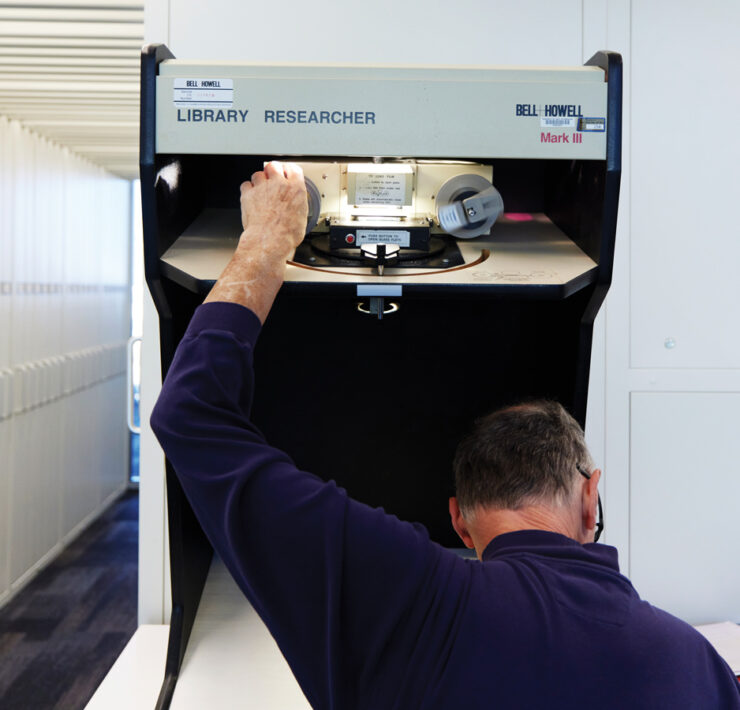Are You Ready to Climb Your Family Tree?
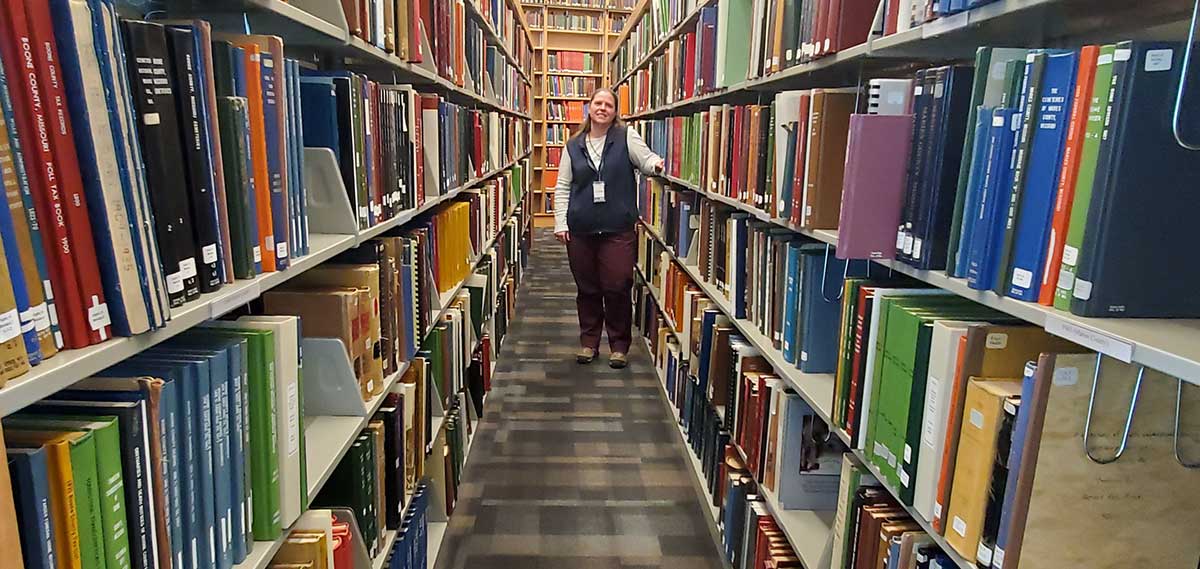
DNA testing only reveals part of your story.
Climbing the limbs of your family tree or poking around at the trunk to find your roots has never been easier or, increasingly, without the risk of uncovering a family secret or two. With an accumulating trove of digital data available online and mail-in DNA testing services providing more details, family researchers have a boundless supply of sources for finding their branches and roots.
But DNA genetics testing only goes so far. The genetic code, fascinating as it is, doesn’t tell family stories.
“You never know what you’re going to find if you start looking. You’re going to find something interesting,” says professional genealogist Bill Eddleman, research coordinator at the State Historical Society of Missouri’s Cape Girardeau Research Center. “But you need the story behind it. And that’s what the paper trail does.”
In other words, nothing beats good old-fashioned research and detective work, whether that’s combing through the State Historical Society of Missouri research library at the Center for Missouri Studies at 605 Elm St. in downtown Columbia, which has the world’s largest collection of Missouri newspapers — some of which is digitized — or diving into extensive family histories and other documents via a mouse click. SHSMO has subscriptions to the nation’s top genealogy databases – ancestry.com, for instance — that are free for on-site public use.
Whether someone is a genealogy newbie or a veteran family tree climber, a good resource for getting started or for figuring out the next steps is the 12-part video series, Basic Genealogy, available free from SHSMO on demand. The video series is presented by Bill, with strategies and tips for family history researchers. Each video in the series explores a different kind of record — from plat maps and obituaries to census records reports and county history records — detailing the kind of information that can be found and how to uncover it.
There’s also hands-on help from SHSMO library staff, including Amy L. Waters, senior librarian. Amy, a native Kansan, is an avid genealogist who has traveled to all 50 states and visited every U.S. president’s grave. Both of those distinctions are connected to her interest in learning more about an ancestor who was held captive at the notoriously hellish Andersonville Confederate prison during the Civil War.
His diaries from that time are preserved at the Kansas State Historical Society.
“Probably the most surreal moment in my life has been going to Andersonville, standing there and knowing that my ancestor stood there as well and experienced this,” Amy adds, “because the Civil War has influenced so much of American history.”
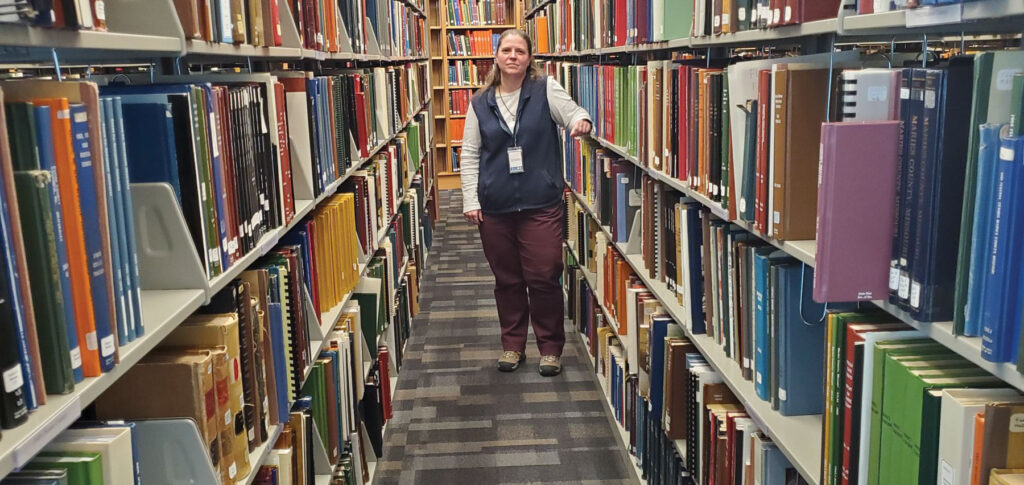
For family tree creation, Amy suggests starting out with ancestry.com at the SHSMO ancestry library. From that point, the search will add parents, grandparents, great-grandparents, and beyond, using U.S. Census records to provide additional information. In some cases, birth and death records are available. Once the basic genealogy is in place for two or three generations, a search of obituaries, county records, newspapers, and even prison records can generate and confirm more of a family’s story.
Bill, who hosts a twice-monthly radio show, “Tales of Days Gone By,” says genetic connections via mail-in DNA testing has much to contribute to genealogical pursuits, but that technology is still evolving. He’s been tested twice, with somewhat different results. The first test showed he has German and British Isles lineage, which he knew. A second test some months later also showed Scandinavian influences.
That shouldn’t be all that surprising, he says. After all, as more people submit saliva samples for DNA testing, the “pool” of samples increases the scope and depth of results. It didn’t mean the first ethnicity estimate was incorrect but that the second one was more correct.
One PBS show about genealogy revealed that one man who thought he was one-quarter Armenian and one-half Italian found out otherwise.
“Turns out he’s zero Italian and his Italian grandfather was not his grandfather,” Bill says. What’s more, the man discovered African American ancestry, which qualified him to join the Sons of the American Revolution.
“Occasionally, you’ll get surprises,” Bill explains. “If you’re going to do this, be prepared for that — or don’t do it.” He’s aware of some reports of a family tree researcher becoming suicidal from finding out “grandpa wasn’t grandpa.”
Getting to the root of family connections — and, in some cases, separate myth from fact — requires finding the stories, whether they are in a written family history, a snippet in an obituary here or a newspaper advertisement there, the census records, or some other source. That’s the part of the research that energizes both Bill and Amy.
“The paper trail — it’s a lot more fun,” says Bill, who has traced one branch of his family back nine generations. One ancestor got a Spanish land grant in Missouri in 1802, just before Thomas Jefferson successfully negotiated the Louisiana Purchase. He’s still not used to the sense of wonder from discovering something new.
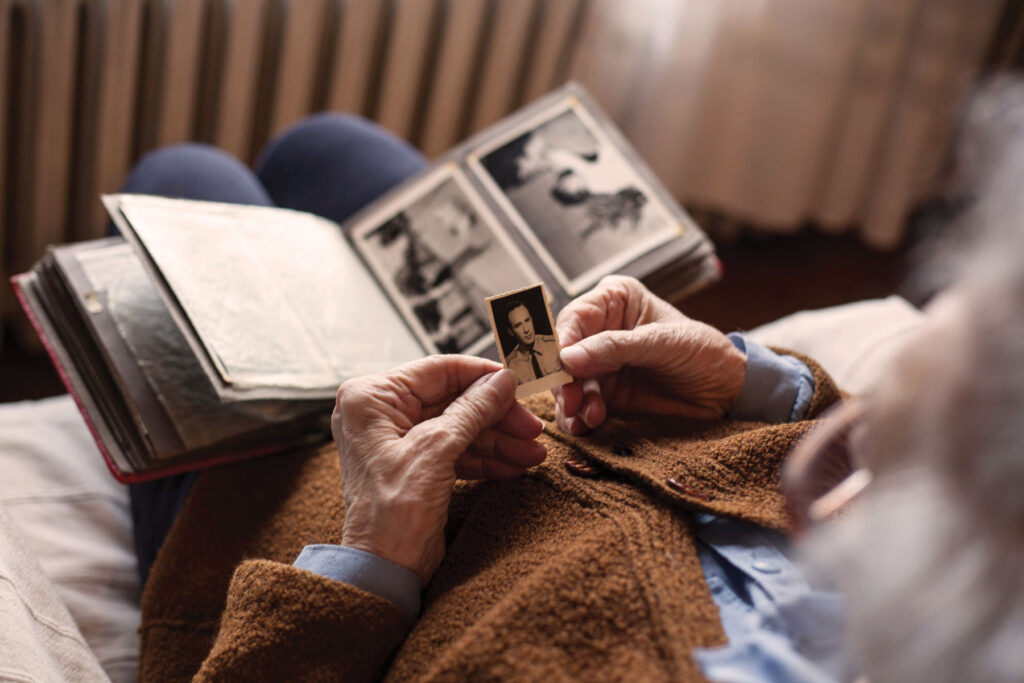
“It happens all the time,” he says.
Some years ago, Bill learned from a Civil War researcher that one of Bill’s ancestors was in the Mexican American War, and the man had the ancestor’s pension file. From that information, Bill found his ancestor’s obituary, which claimed he’d ridden escort for the famed Kit Carson during that war.
The pension file confirmed that as a fact. Again, it’s good old-fashioned detective work that pays off the most, Bill says.
“There’s so much appearing online so rapidly that it’s hard to keep up,” he adds. “But you can’t get everything online.” And, Bill warns, even online “facts” require corroboration.
Amy also attests to examples of helping prove or disprove family narratives that date back multiple generations, sometimes spanning a century or two.
Lately, Amy has been intrigued by learning about the Depression-era migration from Missouri to California. That process also meant many extended families were separated, and helping bridge those gaps is an important role genealogists can fill.
Amy doesn’t completely eschew DNA testing, though, “Unfortunately, all that it confirms for me just how western, European, and white I am,” she says. “You know, my chart is not very colorful. Not at all.”
She’s also grateful that there are numerous services that provide genealogical information. But she prefers doing it herself.
“Part of my thrill is discovering the information, being the detective who puts it all together,” Amy says. “That’s what I find interesting. I want to find it for myself. I want to make the connections.
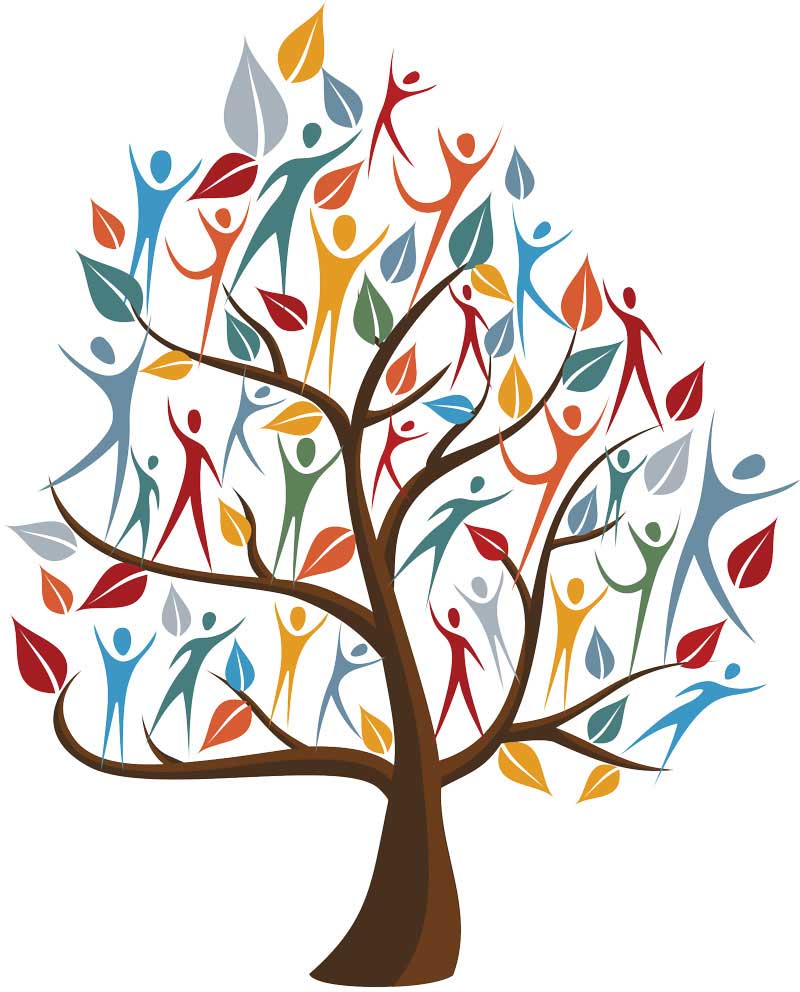
Research resources at your fingertips:
The State Historical Society of Missouri’s Center for Missouri Studies at 605 Elm St. In downtown Columbia has a plethora of resources for genealogy research, including:
NEWSPAPERS
Genealogists use newspapers to find information about births, marriages, deaths, legal transactions, business advertisements, and local events. Some newspapers publish full obituaries for local residents; others print only brief notices. Birth notices, marriage announcements, and anniversary notices can also provide useful information. Library staff will help you learn how to access the newspaper collection, some of which is digitized on microfilm.
REFERENCE
SHSMO’s reference collection includes a wide variety of published sources for genealogists. Cemetery transcriptions, town and county histories, city directories, family histories, autobiographies, college periodicals, church histories, newspaper indexes, and genealogy society journals are available. Researchers can search the reference collection through the SHSMO online catalog.
MANUSCRIPTS
These collections may include letters, diaries, scrapbooks, and photographs kept by families or individuals. While these collections can be beneficial for genealogists, not every family is represented in SHSMO’s manuscript holdings.
The Society’s Genealogy and Family History Digital Collection includes several genealogical manuscript collections, including compilations of births, deaths, marriages, and other vital statistics and funeral home and cemetery records.
VISITING SHSMO
All researchers are welcome to use SHSMO’s resources in person. Holdings may be requested for use at any of the six SHSMO research centers but do not circulate outside SHSMO’s facilities and must be used on-site. There is no charge for reference assistance or use of the collections for patrons visiting SHSMO in person.
Genealogists may also access the paid online subscription service AncestryLibrary.com for free on computers at SHSMO’s Columbia Research Center. All six statewide SHSMO research centers are FamilySearch Affiliate Libraries. This provides on-site patrons access to digital genealogical collections that are otherwise accessible only through a FamilySearch family history center.
Source: State Historical Society of Missouri
State Historical Society of Missouri Center for Missouri Studies
605 Elm Street, Columbia, MO
shsmo.org/the-center
1-800-747-6366





